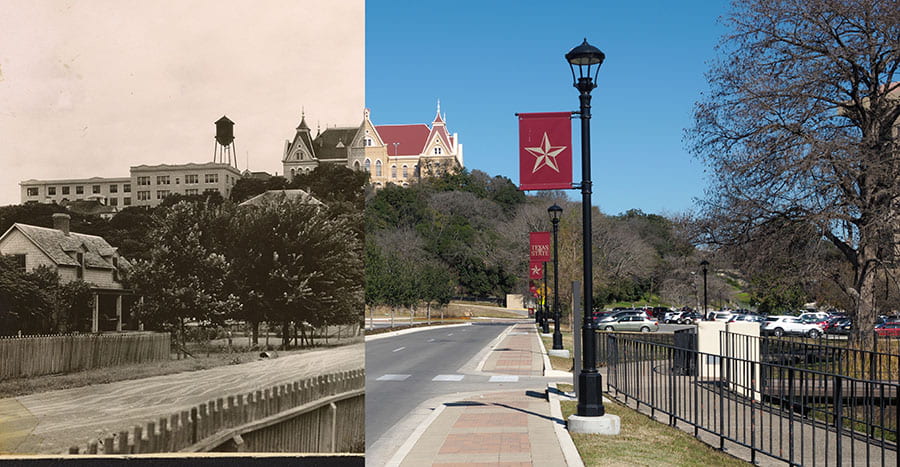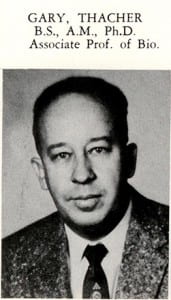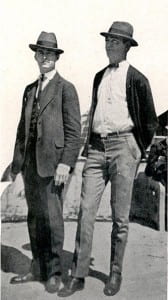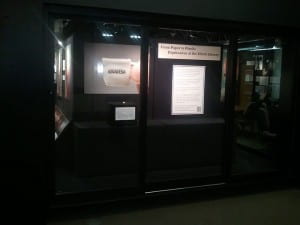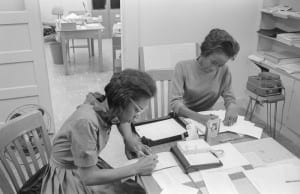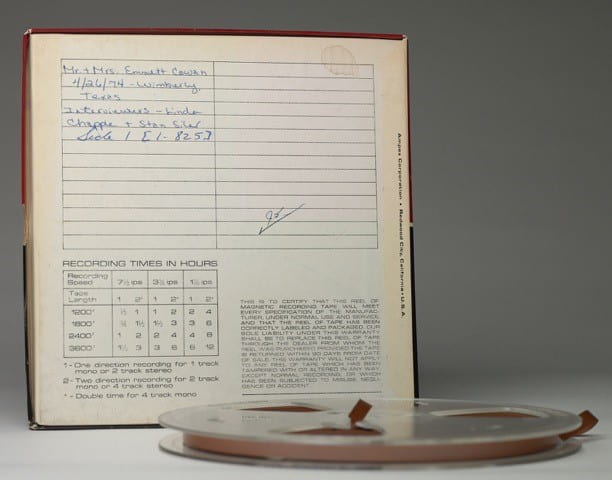
A recently completed project for the Digital & Web Services department is the digitization and online exhibit creation for the recently acquired Santiago Tafolla manuscript. A description of the history of the manuscript and its acquisition by The Wittliff Collections is contained in a press release on The Wittliff Collections web site.
It is the handwritten personal memoir of Santiago Tafolla recounting the first 39 years of his life. It is a fascinating document and includes first hand observations during the U.S.- Mexico war, the Texas Indian Wars, and recounts his experiences as a Mexican-American Confederate soldier during the U.S. Civil War.
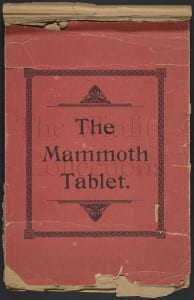
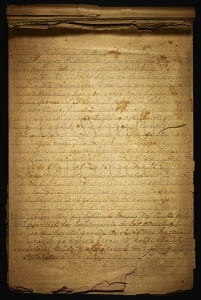
The manuscript consists of two legal sized pads and the paper has become brittle with age. It was decided that conservation and digital photography would have to happen at the same time. Each page was digitally captured and then carefully removed and placed in a protective Mylar sleeve, revealing the next page to be photographed.
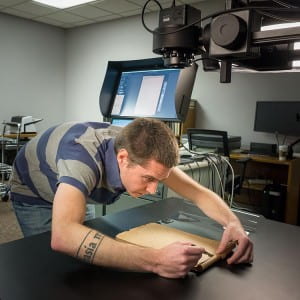
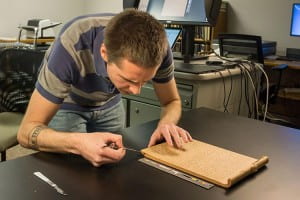
The manuscript was photographed using the PhaseOne iQ180 digital back using Capture One version 8. Images of individual pages were saved as 400ppi 8-bit RGB tiffs and composite PDF versions of each manuscript were also created.
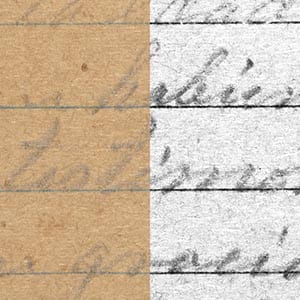 B&W versions of the manuscript were created to make it easier to decipher the text.
B&W versions of the manuscript were created to make it easier to decipher the text.
The online exhibit was created and is hosted on the Omeka open source software. Our new programmer Jason Long, first created a new launching page where this and future Wittliff Collections exhibits will live. Using the open source JQuery plugin Justified Gallery, he created an image-based linking page. There are already a number of Wittliff Collections exhibits on other platforms and they were also incorporated into the gallery.
The Tafolla exhibit itself uses the open source Unite Gallery JQuery plugin. The exhibit builder theme first had to be customized to conform the data to the plugin’s requirements.
The complete manuscript, Part 1 and Part 2, are available for research use in the Alkek Library Digital Collections Repository.

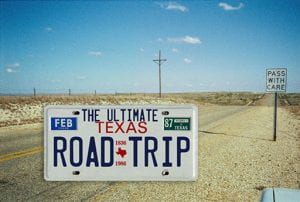

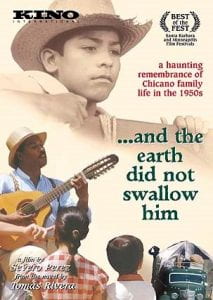 We recently completed a fun project that is notable for a few reasons. The first is because the subject of the project was creating on online exhibit on the making of Severo Perez’s beautiful film, … and the earth did not swallow him, based on Tomás Rivera’s classic 1971 Chicano novel, …y no se lo tragó la tierra, which is a semi-autobiographical novel that recounts the life of workers and families of the migrant camps where his family stayed while doing farm work. In 1995 Severo Perez wrote an English screenplay, using his own translation, produced, and directed a film version of the novel. The film was well received and received critical acclaim and several film awards.
We recently completed a fun project that is notable for a few reasons. The first is because the subject of the project was creating on online exhibit on the making of Severo Perez’s beautiful film, … and the earth did not swallow him, based on Tomás Rivera’s classic 1971 Chicano novel, …y no se lo tragó la tierra, which is a semi-autobiographical novel that recounts the life of workers and families of the migrant camps where his family stayed while doing farm work. In 1995 Severo Perez wrote an English screenplay, using his own translation, produced, and directed a film version of the novel. The film was well received and received critical acclaim and several film awards.